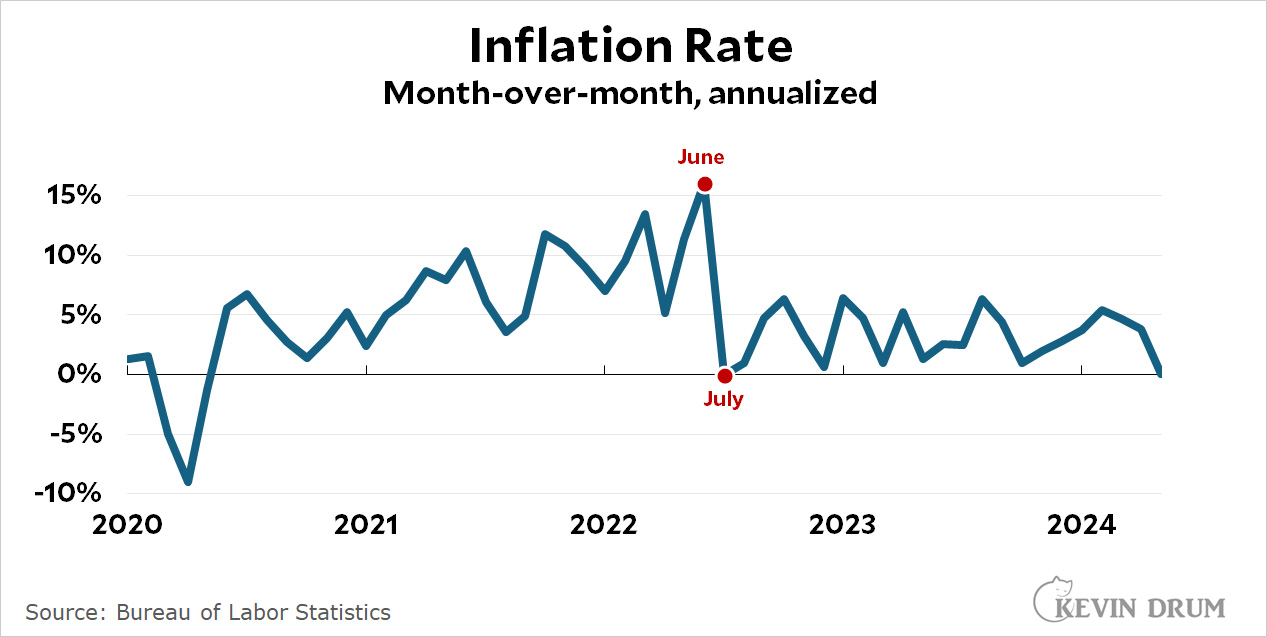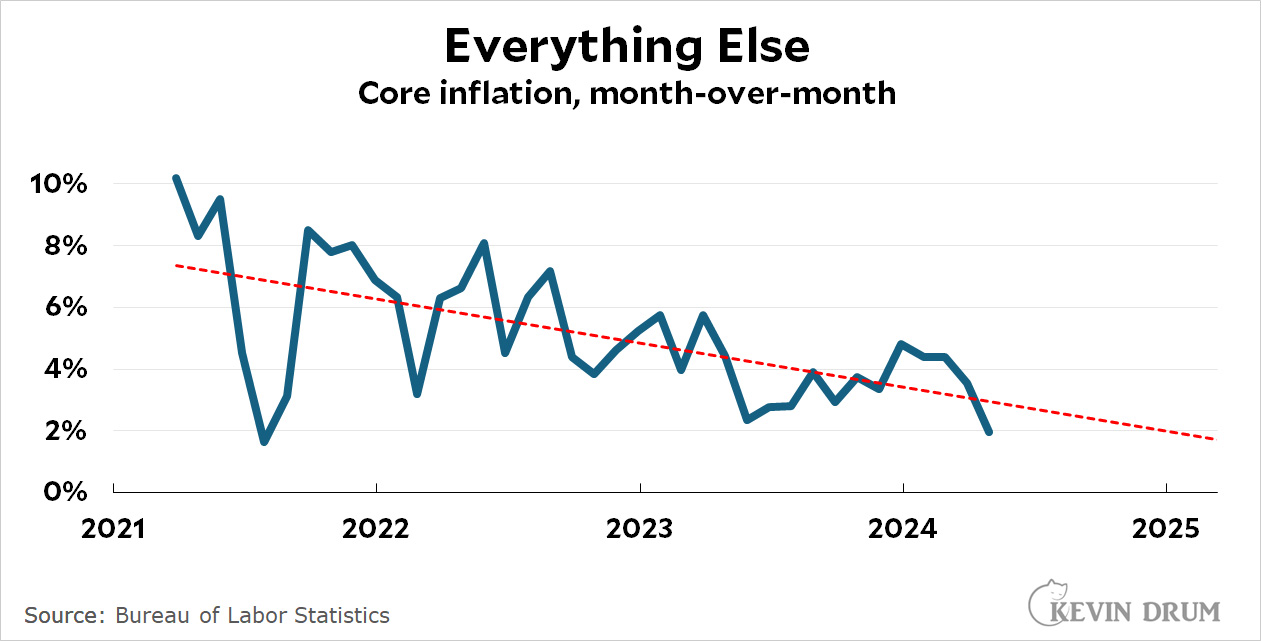Here's the latest meme on the right:
Sigh. Are you interested in a deep-in-the-weeds explanation of how crime is reported and summarized in the US? Sure, why not.
For many years the FBI used a crime-reporting system called SRS. But in 2016, after years of testing, they finally announced that they would switch to a substantially improved system called NIBRS by 2021. And they did. Not every police department was ready on time, but the participation level has been rising every year:
 About 71% of all police department now submit crime data via NIBRS. Among the 15 largest cities, all are up and running—including New York City—except for Los Angeles and Jacksonville. Both will complete the transition later this year.
About 71% of all police department now submit crime data via NIBRS. Among the 15 largest cities, all are up and running—including New York City—except for Los Angeles and Jacksonville. Both will complete the transition later this year.
In addition, the FBI allows non-NIBRS agencies to report old-school SRS data, which is reformatted and then used to estimate crime in nonreporting cities. So the total agency coverage of the FBI's dataset is actually about 84%.
Now, the old SRS system had about 95% agency coverage, so the coverage of the current system is still lower than it used to be. However, as you might expect, the statisticians in the Department of Justice are keenly aware of this and spent years developing a set of sophisticated methods to estimate the full total. There are several issues they've had to address, and the biggest one is all those missing agencies. Here's how they do it:
To account for nonreporting agencies—those agencies which have not reported any information through NIBRS during the year—a statistical weight is applied to the reporting agencies. A statistical weight is a number allowing the reporting agencies to represent both themselves and some portion of the nonreporting agencies. Statistical weights are designed in such a way that reporting agencies represent nonreporting agencies who have similar agency characteristics, such as agency size and agency type.
Got that? If Peoria is missing,¹ they give a greater weight to a few similar neighboring cities in order to make up for it. The idea is that crime is likely to be nearly the same in places that are nearby and the same size, so you can use those places to create an estimate for the nonreporting city. Some of the estimates will be off, but if you do thousands of them it mostly evens out.
The upshot of all this is (a) participation is growing and nearly all big cities are now on board, and (b) the FBI's model accounts for missing cities and makes up for it. The NIBRS transition in 2021 was pretty messy, but since then the kinks have mostly been worked out and the current data is very reliable. Not perfect, but pretty good. If they say crime is down, then crime is down.
¹It's not. They are fully operational on NIBRS.








